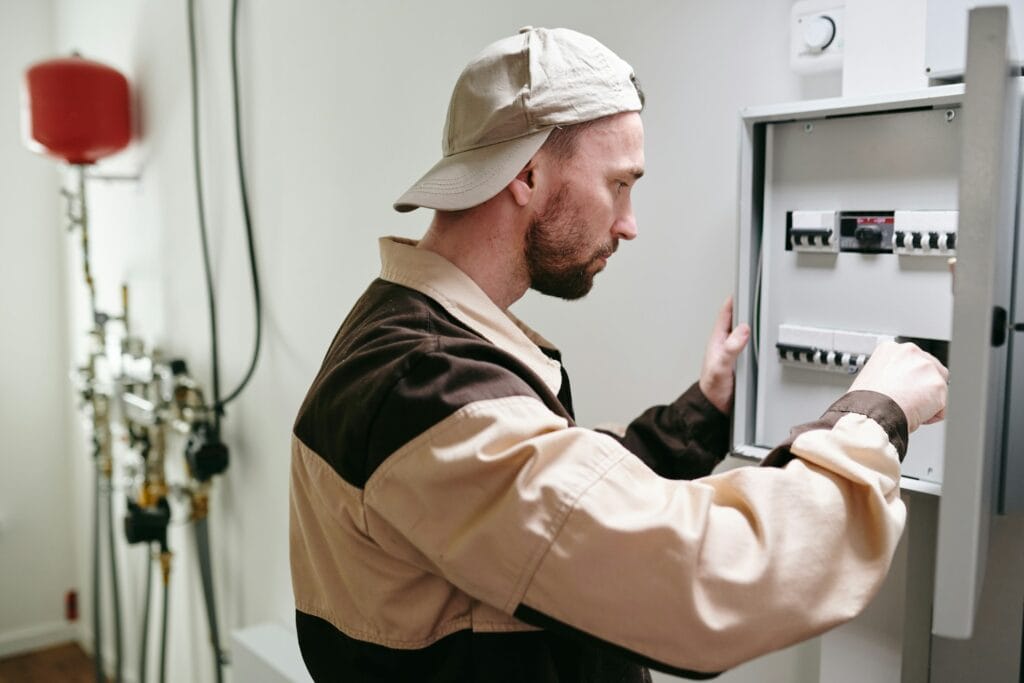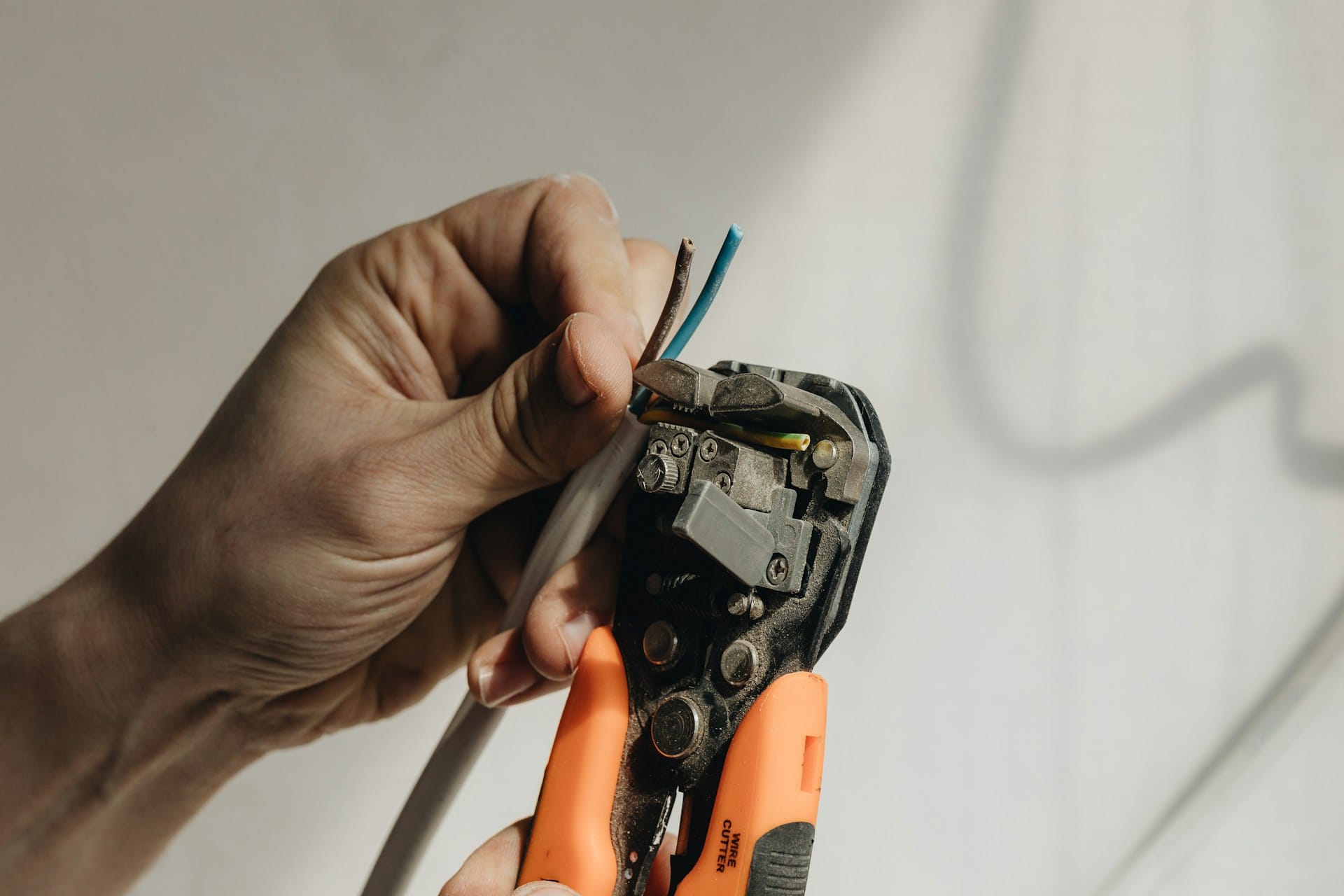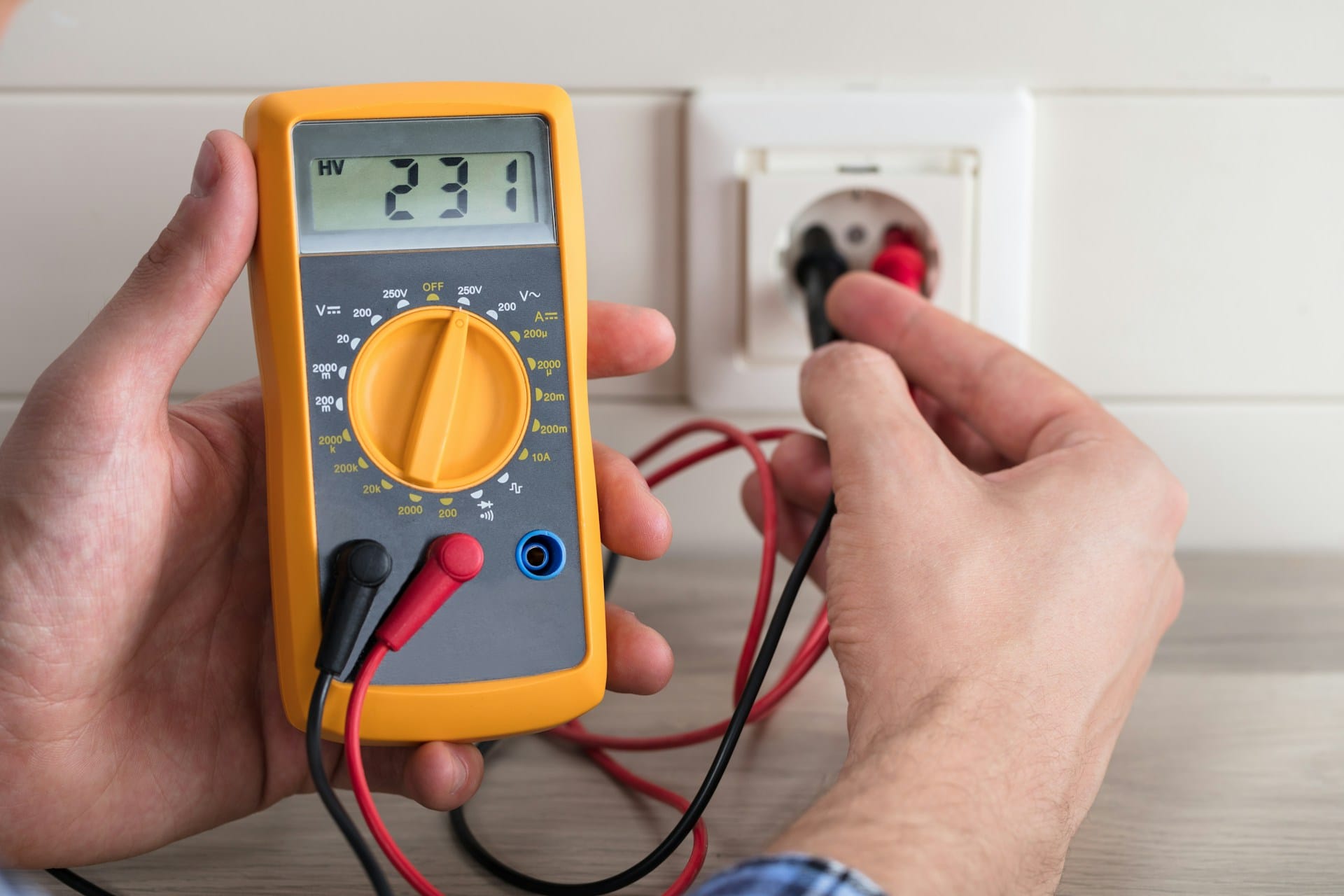When you’ve got small kids at home, almost everything becomes a potential hazard. While most parents are quick to latch kitchen cabinets and cover sharp corners, electrical safety sometimes gets overlooked. Outlets, switches, and cables seem harmless, but for curious little ones, they’re magnets for poking fingers and toy screwdrivers. Something as simple as an exposed plug can create serious risk in a matter of seconds.
Electrical systems aren’t meant to be tampered with, especially by children. No matter how closely you watch them, it’s impossible to supervise every moment of the day. That’s why child-proofing isn’t about hovering. It’s about setting up a home where kids can explore safely. With some awareness and a few smart changes, your home’s electrical setup can be a whole lot safer for everyone.
Identify Common Electrical Hazards In The Home
When you’re walking through your home, a lot of hazards can blend into the background. The trouble is, a child doesn’t see an electrical outlet as something dangerous. They might see an empty socket as a place to shove crayons or coins. Loose cords become something to tug on. Unused power strips sitting behind furniture seem like great places to push buttons or stick things inside.
Some of the most common electrical safety risks around young children include:
– Exposed electrical outlets, especially ones without covers or positioned close to the ground
– Extension cords or loose cables that are easy to grab or trip over
– Overloaded power strips left within reach of kids
– Worn or frayed wires behind furniture or under rugs
– Appliances plugged in but not actively in use, like a curling iron or toaster
It’s easy to overlook something simple like an old floor lamp in the corner with a frayed cord, especially if it’s still working. But it only takes one curious hand to turn that lamp into a burn hazard or fire risk.
Some homes still have older wall panels or outlets without tamper-resistant features. In these cases, a child’s small fingers or even something as common as a metal toy could cause serious injury. Spaces like playrooms, bedrooms, and living rooms should especially be checked, as they’re the easiest places for kids to explore freely without direct supervision.
One Ottawa family found this out the hard way when their toddler pushed a spoon into a plug inside their playroom, despite it being hidden behind a play kitchen set. They thought the area was safe. It only took a few seconds for the room to go from playful to frightening. Thankfully, the child was fine, but it was a wake-up call to ensure all electrical points were actively guarded and checked.
Effective Strategies To Child-Proof Your Electrical System
You can’t remove electricity from your home, but you can make it safer. A few intentional changes can go a long way. Here are several strategies that help limit exposure and reduce hazards:
1. Use tamper-resistant receptacles (TRRs): These outlets require equal pressure on both slots to open, preventing pins or fingers from getting inside. They look just like standard outlets but offer more protection.
2. Install box outlet covers: Unlike small plastic caps, box-style covers protect the entire outlet and plug. They’re great for devices you leave plugged in, like nightlights or sound machines.
3. Replace old or loose outlets: Outlets that wiggle or have burn marks need attention. It’s better to upgrade them with more secure and modern options.
4. Hide cords with cord covers or behind furniture: Cord management systems help keep wires in place and out of reach. For outlets that stay plugged in, route cords along the wall or tape them down.
5. Add safety plates to switches: These make it harder for little fingers to flick power on and off. They work well in rooms where kids play or sleep.
Getting ahead of these changes means you don’t have to constantly hover over your child’s every move. You build trust knowing that your space is already working to protect them. Creating a safer environment doesn’t need to involve a total electrical overhaul. Sometimes, it’s as easy as a few updated covers and improved cord planning.
But if your home has older wiring or you’re unsure about the safety of certain outlets, it may be time to go a step further. A professional inspection can catch weak points you might not notice on your own.
Routine Maintenance And Safety Checks
Putting safety gear in place is a good start, but keeping it that way takes regular effort. Child-proofing isn’t something you do once and forget. Electrical systems change over time. Outlets wear down, cords get moved, and new devices get added to the mix. If you want your electrical setup to stay safe, especially with young kids in the house, regular checks are a smart habit to build.
Start with a simple walk-through every month. Look at every outlet that’s within a child’s reach. Check if covers are still secure. Make sure cords haven’t come loose or shifted into areas where kids can see or grab them. Appliances like fans, vacuum cleaners, and phone chargers tend to stay plugged in longer than expected. Keep an eye on coils and cords that might overheat or fray with use.
Quarterly safety checks are helpful for:
– Testing outlets and switches for any unusual movement, heat, or discolouration
– Verifying that surge protectors and power strips are still in good condition
– Making sure outlet covers and cord organizers are still in place and doing their job
– Looking behind furniture to find hidden cords or power sources that are no longer secure
Even if things appear to be working fine, wiping dust and dirt off outlet covers and cable areas helps lower fire risks. Some families in older homes around Ottawa aren’t aware their electrical systems may not meet today’s safety standards. A once-safe outlet could become unstable over time, especially after renovations or furniture changes. If you’ve added new electronics or appliances recently, it might be time to look at your setup again.
While basic attention goes a long way, there are things that only a licensed electrician can properly inspect. Older electrical panels, overworked circuits, or damaged wiring inside walls might not show any obvious signs until it’s too late. This is where a trained eye becomes important.
Teaching Kids About Electrical Safety
Even though young children might not fully understand the dangers of electricity, you can still start teaching early. Using everyday language helps build healthy habits and boundaries. The goal isn’t to scare them, but to help them understand that electricity is powerful and not something to treat like a toy.
Use clear and simple rules, like:
– Never touch outlets, even if your toy rolled near one
– Don’t try to plug or unplug anything by yourself
– Always tell an adult if you see a wire or outlet that looks strange
As kids grow older, your lessons can grow with them. Those using tablets or gaming consoles should learn safe charging habits. Teaching them to pull the plug at the base instead of yanking the cord builds early responsibility. There’s no need for long speeches—just regular reminders and structure help them stay alert.
A helpful way to make it real is by showing safe habits around the house. Point out how the kitchen blender gets unplugged when not in use. Show how cords are kept neat and out of the way under desks. These small examples make the lesson stick.
Families who use visual cues can try simple signs or reminders near outlets. There are also storybooks and cartoons made for young children that focus on home safety. The goal is to shape awareness, not fear.
Keeping it light and consistent goes a long way.
Parenting Meets Prevention: Creating a Safer Electrical Setup
Child-proofing your Ottawa home’s electrical system takes more than just outlet caps. It’s about looking closely at how electricity moves through your space and spotting where safety might fall short. Every family has a different living setup, so each home will have its own strengths and weak spots.
Putting safety measures in place is part of a routine, especially in homes with shifting furniture or growing kids. Keeping up with small maintenance changes and pairing that with age-appropriate lessons lays the groundwork for a safer space. It helps protect children while allowing parents to relax just a little more.
Taking action where it matters—like updating outlets, hiding cords, or reviewing your home’s panel— creates an environment where families feel safer. Every improvement you make helps your home work better for your needs. When kids can explore without constant worry and parents feel confident in the electrical setup, the whole household runs smoother.
To make sure your home stays safe and kid-friendly, keep an eye out for common electrical hazards and take time to help your kids understand smart safety habits. For expert advice and dependable support with residential electrical services, Astra Energy Ltd is here to help families across Ottawa create more secure and comfortable living spaces. Reach out today to get started on building a safer home for your little ones.



